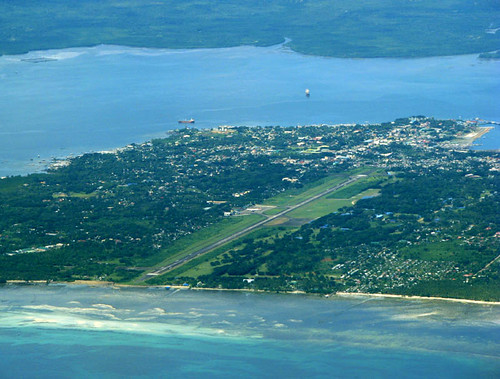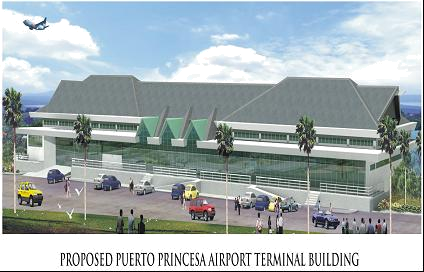February 14, 2004

In the Citizens vs Corruption Task Force (CCTF) report in 2004, then Senator Francisco Tatad told that the government reportedly paid P100,804,500 for 112,005 square meters (sqm) of "public land" in Palawan for the proposed expansion of the airport in 2002.
The DOTC concluded the sale a month after it had offered to buy the property at P900 per sqm, while the government was buying private land for the Iloilo international airport at P60 per sqm.
In August 2003, ADB and Government agreed to cancel the civil work and equipment components for the six airports and conducted a reappraisal of the project airports with the assistance of detailed design and construction supervision consultants under the loan. ADB did formulate a replacement project for Puerto Princesa in 2004 under the "Technical Assistance on Intermodal Transport Development Project." Although a replacement project was mooted, this did not proceed. The project was finally terminated in Sepember 2005 due to unresolved differences with DOTC.
In 2006, The government negotiated with the Korean government to fund the Puerto Princesa Airport Develoment Project. It was approved for funding in 2008 with a total project cost of P3.2 billion pesos at 3% interest, payable in 30 years and with grace period of 10 years. Korea Eximbank agreed to finance 80% of the project cost while 20% was to be financed by GOP. The counterpart fund was however a problem to the Philippine government. Consequently, project implementation was moved to 2009 with cost estimate balooning to 3.5 billion pesos.

A loan of P2.79 billion from the Korean EDCF will be supplemented by a counterpart fund of P698.76 million from the national government, which may source the money from the Malampaya royalty shares.
The Government of Korea established the Economic Development Cooperation Fund (EDCF) on June 1, 1987 with the purpose of promoting economic cooperation between Korea and developing countries.
The Puerto Princesa Airport Development Project will include the construction of a passenger terminal complex and an access road off the national highway, the widening of the runway strip, the installation of an instrument landing system, the establishment of a new security fencing, and the improvement of navigational aid, air traffic control, communications and air field lighting in accordance with international standards set by the International Civil Aviation Organization.(ICAO)
The project is rated by EDCF as economically viable with an Economic Internal Rate of Return of 16.92 percent. It is expected to generate 1,400 jobs during its construction. The project will last from 2009 to 2013.
No comments:
Post a Comment